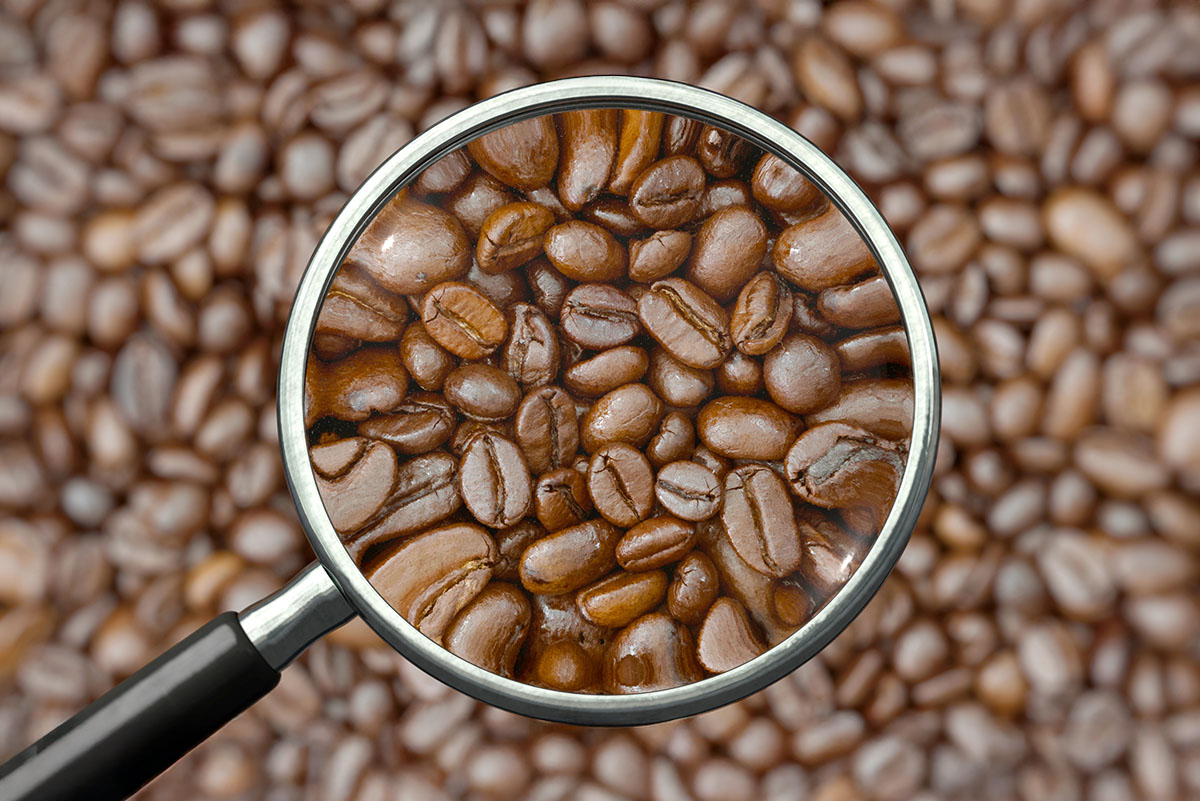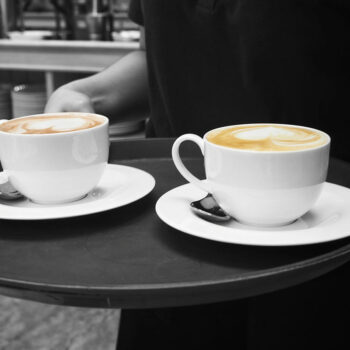In the ever-evolving world of coffee brewing methods, pour-over coffee has emerged as a timeless art form that captures the essence of craftsmanship and precision. This phenomenon has taken the caffeine-loving community by storm, redefining traditional brewing techniques and elevating coffee connoisseurship to new heights.
As this article delves into the details of making pour over coffee, we will explore the intricate details behind this methodical process, unraveling its significance, mastering its fundamentals, and uncovering the ultimate secrets to achieving a cup of java that is rich in aroma, complexity, and unparalleled flavor. So grab your favorite mug and prepare to immerse yourself in an experience where science meets artistry for a truly remarkable brew.
Pour-Over Coffee History
Pour-over coffee has a rich history that dates back to the early 20th century. Its origins can be traced to Germany, where a housewife named Melitta Bentz developed the first-ever pour-over coffee device in 1908. Tired of having bitter and gritty brews, she created a simple ceramic pot with a paper filter at the bottom, allowing for a slower extraction process and resulting in cleaner flavors.
Over time, pour-over coffee gained popularity worldwide due to its simplicity and ability to highlight the nuanced flavors of specialty beans. In Japan, it became particularly prevalent during World War II when access to electricity was limited, making traditional drip machines impractical. Japanese craftsmen refined the method further by introducing their own unique designs such as the Hario V60 and Kalita Wave.
In recent years, pour-over brewing has experienced an extraordinary resurgence as artisanal coffee shops embrace this meticulously crafted method. Its manual nature allows baristas greater control over every aspect of brewing – from water temperature and flow rate to blooming techniques – enabling them to bring out complex flavors that might otherwise go unnoticed in other brewing methods. As coffee enthusiasts continue to explore different variations of pour-over recipes using various filters and pouring styles, this centuries-old technique continues its evolution into an art form admired by connoisseurs worldwide.
How to Select the Right Tools
When it comes to selecting the right tools for pour-over coffee, there are a few key factors to consider. Firstly, choosing a high-quality pour-over coffee maker is essential. Look for one that is made from durable materials such as ceramic or stainless steel and has a design that allows for maximum control over the brewing process.
Another important tool is a precise scale. Measuring the correct ratio of coffee grounds to water is crucial in achieving the perfect cup of pour-over coffee. Investing in a digital scale with gram measurements will ensure accuracy and consistency in your brewing.
Lastly, don’t forget about the grinder. A burr grinder is recommended for pour-over coffee as it provides an even grind size, which leads to better extraction and flavor in your final brew. It’s worth investing in a good quality grinder that allows you to easily adjust the grind size according to your preference.
Overall, selecting the right tools for pour-over coffee involves seeking out high-quality equipment that gives you control over every aspect of the brewing process, from temperature to extraction time. By investing in these essentials, you’ll be well on your way to mastering The Art of Pour-Over Coffee and experiencing its rich aroma and complex flavors like never before.
Steps to Make an Amazing Cup of Pour-Over
In order to make an amazing cup of pour-over coffee, precision and attention to detail are key. The first step is to select high-quality, freshly roasted coffee beans. Opt for a medium-coarse grind size, as this allows for optimal extraction while preventing over-extraction or clogging the filter.
Next, heat water to the ideal temperature of around 200°F (93°C). This can be achieved by heating water in a kettle and allowing it to cool slightly before using. Pre-wet the paper filter with hot water in order to eliminate any unwanted flavors and ensure a clean taste.
Once these preparations are complete, place the brew cone on top of your coffee cup or carafe. Gently add the ground coffee into the filter and give it a little shake to level out the bed. Begin pouring hot water slowly over the grounds in circular motions, ensuring that all areas are evenly saturated. Take care not to pour too quickly or too forcefully as this can disrupt proper extraction.
As you continue pouring, take note of subtle changes such as bubbles rising or crust forming on top of the bed. After pouring approximately half of your desired amount of water, allow it to fully drip through before proceeding with more pouring. This helps achieve an even extraction and balance within your cup.
Finally, once all water has been poured and drained through the filter bed—usually taking between 2-3 minutes—remove the brew cone and discard the used grounds. Sit back and enjoy your meticulously crafted cup of pour-over coffee that captures both artistry and science in every sip.
By following these steps with precision, you will undoubtedly experience an exceptional aroma and complex flavor profile that highlights why pour-over coffee has become an esteemed brewing method amongst true enthusiasts who appreciate its craftsmanship.
Conclusion
The art of pour-over coffee is more than just a brewing method; it is an experience that allows coffee enthusiasts to fully immerse themselves in the process and appreciate the nuances of their cup. By carefully pouring hot water over freshly ground beans, one can extract flavors and aromas in a way that showcases the full potential of each bean. This method encourages patience, precision, and an appreciation for craftsmanship.
Pour-over coffee has transcended from being just a trend to becoming an art form that epitomizes dedication and passion for exceptional coffee. As with any craft worth pursuing, practice makes perfect when it comes to mastering this technique. So, grab your favorite beans, equip yourself with knowledge about ratios and techniques, and embark on your journey towards creating a perfectly brewed cup of pour-over coffee that will awaken your senses every morning.










